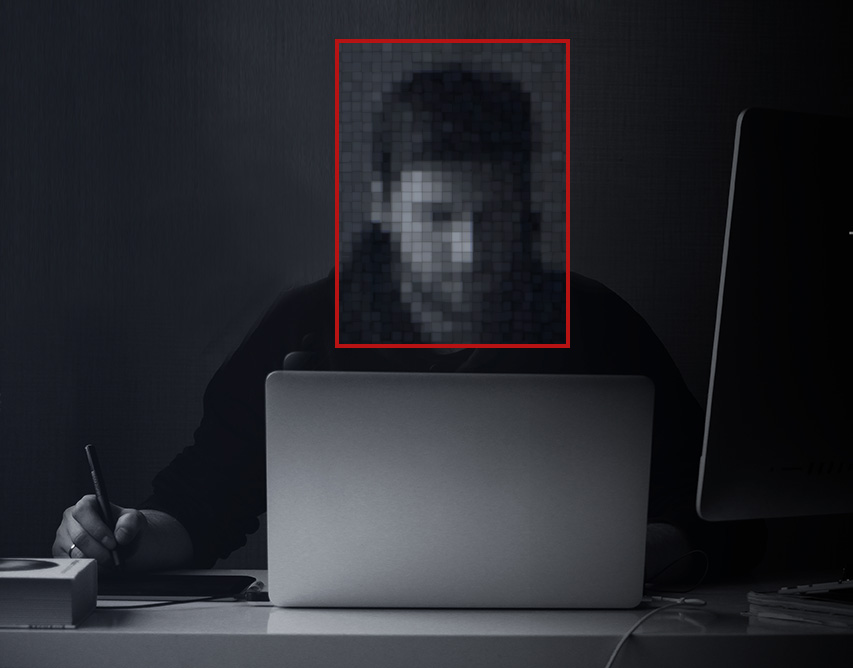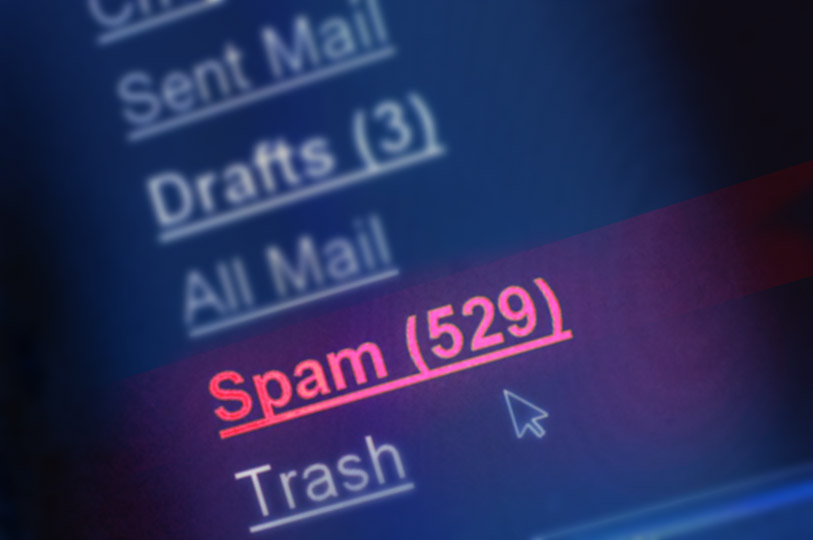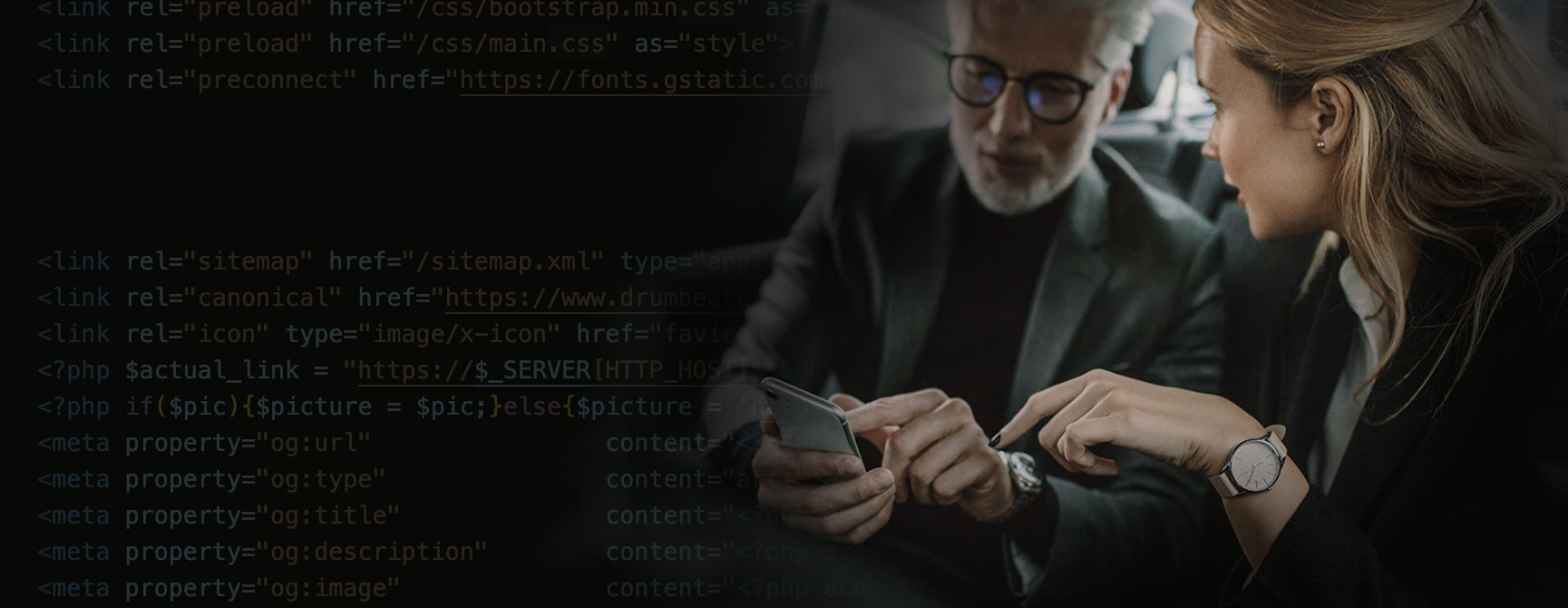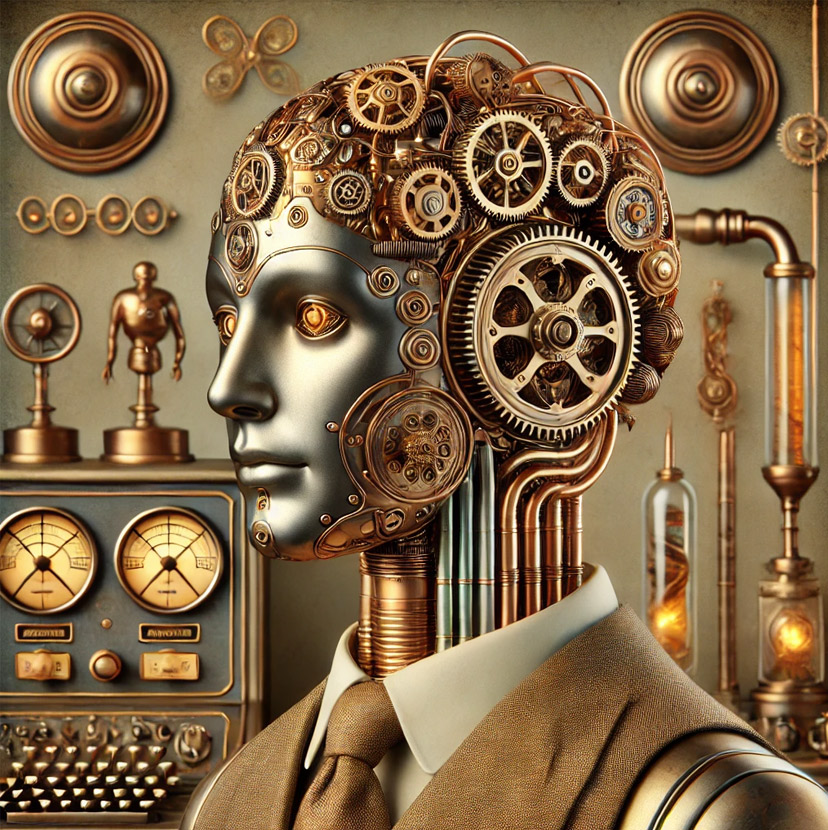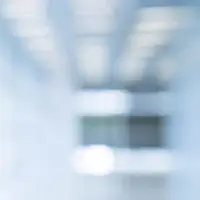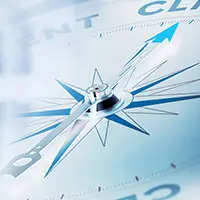Have you ever wondered what exists beneath the surface of the internet we use every day? The Dark Web is a hidden part of the internet that is inaccessible through traditional search engines. While it offers privacy and anonymity, it also harbors illegal and unethical activities. Understanding the Dark Web is essential for grasping its impact on society and ensuring your online safety.
Understanding the Dark Web
The Dark Web refers to a network of websites that are intentionally hidden and require specific software, like Tor, to access. Unlike the "surface web," which includes everything you can find on Google or Bing, the Dark Web thrives on anonymity and privacy. While some of its uses are legitimate, such as avoiding censorship, it is often linked to illegal activities.
How to Access the Dark Web
Accessing the Dark Web requires specific tools and steps to maintain anonymity:
- Download the Tor browser, which is the primary tool for accessing Dark Web websites.
- Connect to a VPN (Virtual Private Network) to add an extra layer of security and hide your IP address.
- Use .onion URLs, which are the addresses specific to websites on the Dark Web.
- Avoid entering personal information or downloading files from unverified sources to stay safe.
It’s important to note that accessing the Dark Web is legal, but engaging in illegal activities while on it is not.
What Is the Dark Web Used For?
The Dark Web serves a variety of purposes, both legal and illegal:
- Private Communication: Used by journalists, activists, and whistleblowers to avoid government surveillance.
- Illegal Trade: Includes the sale of drugs, weapons, counterfeit goods, and stolen data.
- Hacking Services: Platforms for buying hacking tools or hiring hackers for cybercrimes.
- Anonymous Financial Transactions: Enabled by cryptocurrencies like Bitcoin.
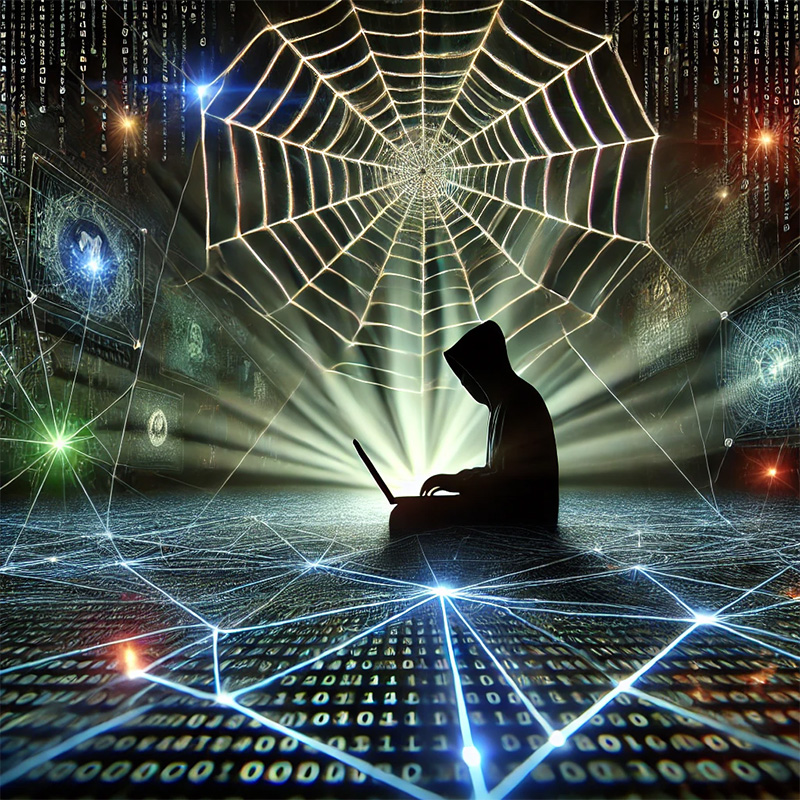
Risks for Businesses on the Dark Web
The Dark Web poses several risks to businesses, including:
- Data Breaches: Stolen company data or employee credentials can be sold on the Dark Web.
- Reputational Damage: Leaked information or association with illegal activities can harm a company’s reputation.
- Financial Loss: Businesses may fall victim to ransomware attacks or extortion schemes originating from the Dark Web.
- Intellectual Property Theft: Proprietary business information, such as trade secrets or patents, can be stolen and sold.
To mitigate these risks, businesses should invest in robust cybersecurity measures, employee training, and constant monitoring of the Dark Web for potential threats.
Law and Regulations: The Role of the US Supreme Court
Regulating the Dark Web is a significant challenge for governments worldwide, including the United States. Current legal frameworks primarily focus on prosecuting illegal activities conducted via the Dark Web, such as drug trafficking, child exploitation, and cybercrimes.
Several key actions have been taken by the US Supreme Court and other regulatory bodies:
- Silk Road Case: The Supreme Court upheld the conviction of Ross Ulbricht, the creator of Silk Road, for operating an illegal Dark Web marketplace.
- Encryption and Privacy Debates: The Supreme Court has addressed cases involving encryption and privacy laws, balancing the need for national security with individual rights.
- International Cooperation: The US collaborates with international law enforcement agencies to combat cybercrime and shut down Dark Web marketplaces.
As technology evolves, legal frameworks will need to adapt to address new challenges presented by the Dark Web, such as advancements in encryption and the growing use of decentralized finance.
Key Characteristics of the Dark Web
- Anonymity: Users and website operators are hard to trace due to advanced encryption.
- Unregulated Content: A space for everything from whistleblowing to illicit activities.
- Cryptocurrency Transactions: Most payments are made with Bitcoin or other cryptocurrencies to maintain secrecy.
- Illegal Marketplaces: Many platforms sell drugs, weapons, and even stolen data.
The Future of the Dark Web
The Dark Web is constantly evolving. Here’s what to expect in the coming years:
- AI in Cybercrime: Cybercriminals may use AI to automate phishing, hacking, and fraud at unprecedented levels.
- Advances in Encryption: New encryption methods will make it even harder to track illegal activity.
- Expansion of Decentralized Markets: Cryptocurrency will continue to fuel unregulated transactions on the Dark Web.
- Increased Law Enforcement Efforts: Governments and organizations are likely to invest more in combating the Dark Web's illegal operations.
Can We Combat the Dark Web?
Fighting the Dark Web’s negative impact requires collaboration between law enforcement, cybersecurity experts, and tech companies. While complete eradication may not be possible, disrupting its illegal activities and educating the public can significantly reduce its harm.
Final Thoughts
The Dark Web is a double-edged sword—offering privacy but also enabling cybercrime and illicit trade. By understanding its workings and taking precautions, you can minimize its risks and contribute to a safer digital environment. As the internet continues to evolve, vigilance will be key in tackling the challenges posed by the Dark Web.

